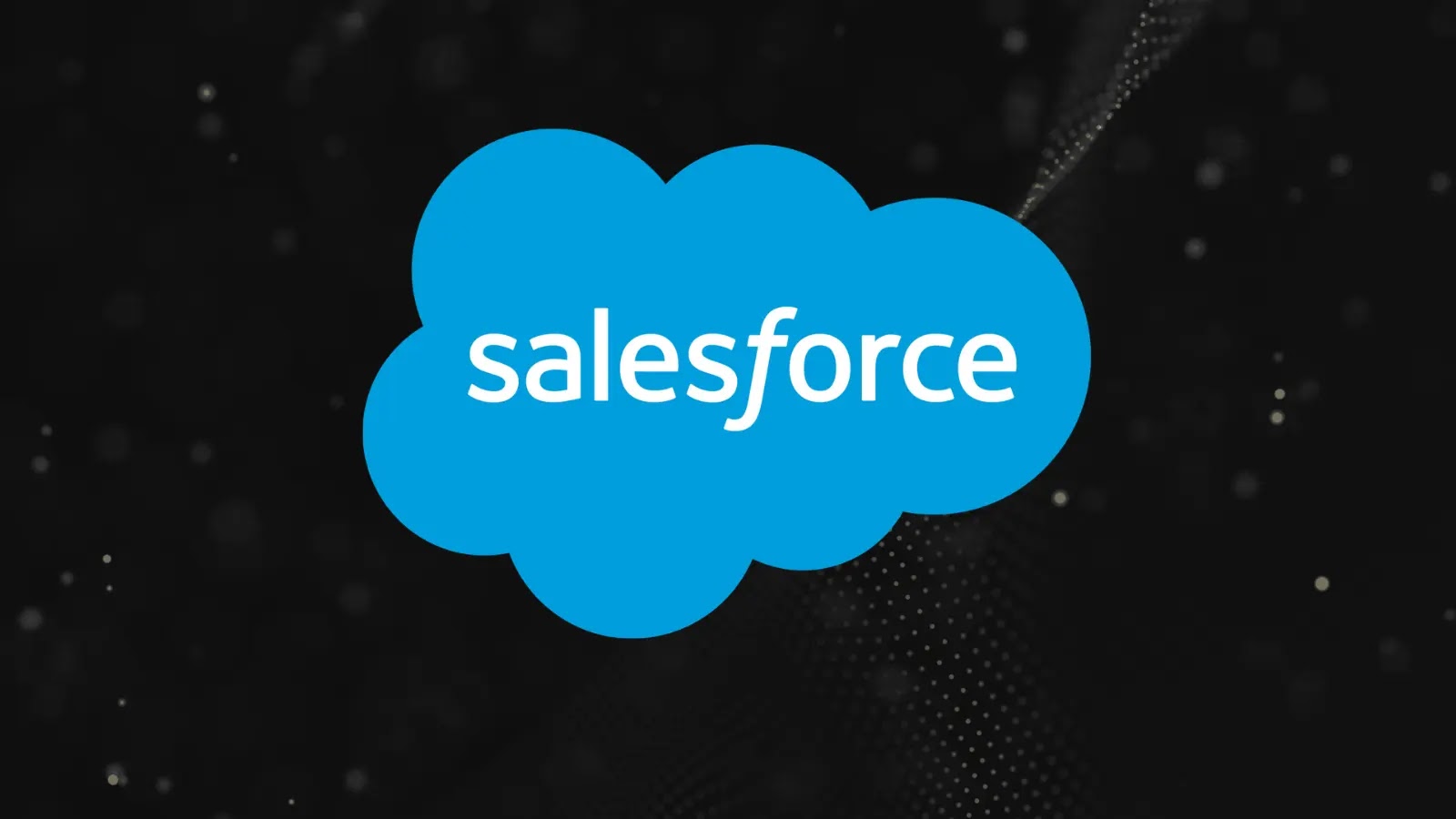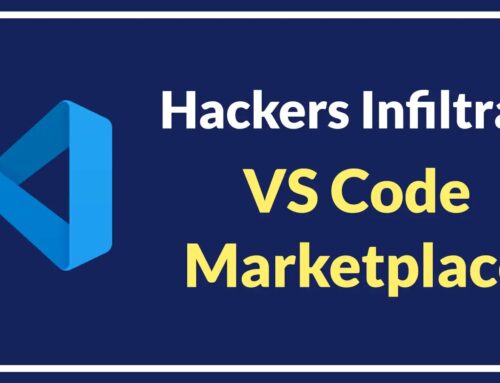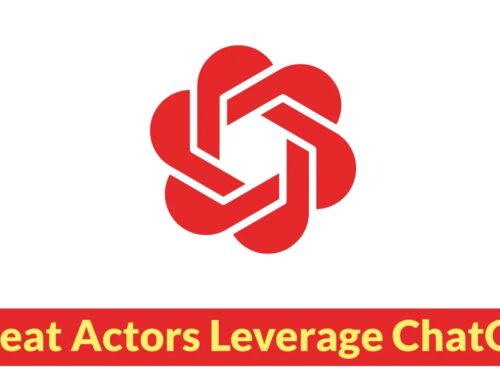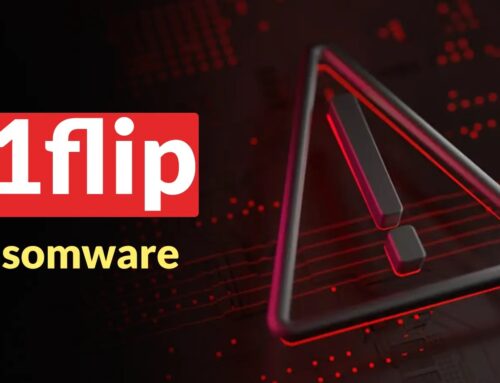
Salesforce Confirms that Customers’ Data Was accessed Following the Gainsight Breach
Salesforce Confirms Customer Data Access Following Gainsight Breach
In the interconnected landscape of modern enterprise software, even the most robust platforms can be impacted by vulnerabilities stemming from third-party integrations. A recent security alert from Salesforce has brought this reality into sharp focus, confirming that customer data was accessed in the wake of the Gainsight breach. This incident underscores the critical importance of supply chain security within the SaaS ecosystem and necessitates a proactive response from organizations leveraging these platforms.
The Salesforce Security Alert: Unraveling the Incident
Salesforce, a global leader in CRM solutions, issued a significant security alert to its customers, indicating “unusual activity” associated with Gainsight-published applications. These applications, integrated into various customer Salesforce environments, became a potential conduit for unauthorized access. The core of the issue, as identified by Salesforce’s investigation, points to the possibility of external connections within these Gainsight applications enabling illicit data access.
The immediate and decisive action taken by Salesforce in response to this threat was to revoke all active access and refresh tokens. This measure was crucial for containing the potential spread of unauthorized access and mitigating further data exposure. This incident highlights the inherent risks associated with granting third-party applications extensive permissions within core enterprise systems.
Understanding the Impact on Customer Data
The confirmation of customer data access following the Gainsight breach is a serious concern for any organization utilizing both Salesforce and affected Gainsight applications. While the full extent and nature of the accessed data are still subject to ongoing investigation, the mere possibility necessitates immediate action. Organizations must consider what types of sensitive information (e.g., customer records, sales data, proprietary business intelligence) might have been exposed through these compromised pathways. The breach illustrates a critical lesson in cloud security: your data’s perimeter extends to every integrated application and service.
Gainsight’s Role in the Breach
While Salesforce has confirmed the impact on its customers, the initial breach appears to stem from Gainsight, a customer success platform. Understanding the nature of the vulnerability or compromise within Gainsight is crucial for future prevention. This incident underscores the concept of “supply chain risk” in software, where a vulnerability in one component can cascade and affect downstream partners and their customers. Organizations must rigorously vet the security postures of all third-party vendors and applications connected to their critical data systems.
Remediation Actions and Best Practices
For organizations impacted or potentially impacted by the Gainsight breach affecting Salesforce data, immediate and thorough remediation steps are paramount. Proactive measures are essential to minimize risk and ensure data integrity.
- Review and Audit Connected Apps: Conduct a comprehensive audit of all third-party applications, particularly those from Gainsight, connected to your Salesforce environment. Verify their necessity and the scope of permissions granted.
- Token Management: While Salesforce has revoked tokens, it’s prudent to review internal token rotation policies and enforce regular token expiry and regeneration for all integrated services.
- Implement Least Privilege: Ensure that all third-party applications and integrations operate with the principle of least privilege, meaning they only have access to the data and functionalities absolutely necessary for their operation.
- Monitor for Unusual Activity: Enhance monitoring for unusual access patterns, data exfiltration attempts, or unauthorized modifications within your Salesforce instance. Leverage Salesforce Shield Event Monitoring for in-depth insights.
- Incident Response Plan Activation: Activate internal incident response protocols to assess the potential impact, communicate with affected stakeholders, and implement corrective actions.
- Multi-Factor Authentication (MFA): Reinforce MFA for all Salesforce users, especially those with administrative privileges, to add an additional layer of security against unauthorized access attempts.
- Regular Security Assessments: Conduct regular security assessments, penetration testing, and vulnerability scans of your integrated systems to identify and address weaknesses proactively.
The Broader Implications for Cloud Security
This incident serves as a stark reminder of the escalating risks in cloud environments, particularly concerning third-party integrations. It highlights several key areas:
- Third-Party Risk Management: Organizations must strengthen their vendor risk management programs to include rigorous security evaluations of all third-party applications before integration.
- API Security: The incident likely involved exploitation or misuse of API access tokens. Robust API security practices, including strong authentication, authorization, and rate limiting, are vital.
- Data Governance: Clear data governance policies are essential to understand what data is being shared with third-party applications and to ensure it aligns with compliance requirements.
- Prompt Communication: Salesforce’s timely alert is commendable and underscores the importance of clear and swift communication from platform providers during security incidents.
Conclusion
The confirmation by Salesforce that customer data was accessed following the Gainsight breach is a significant development requiring attention from cybersecurity professionals and IT teams. While Salesforce has taken immediate steps to contain the threat by revoking tokens, organizations must proactively assess their exposure, reinforce security policies, and implement best practices for third-party application management. The interconnected nature of cloud services means that a robust security posture must extend beyond an organization’s immediate perimeter to encompass its entire digital supply chain.





